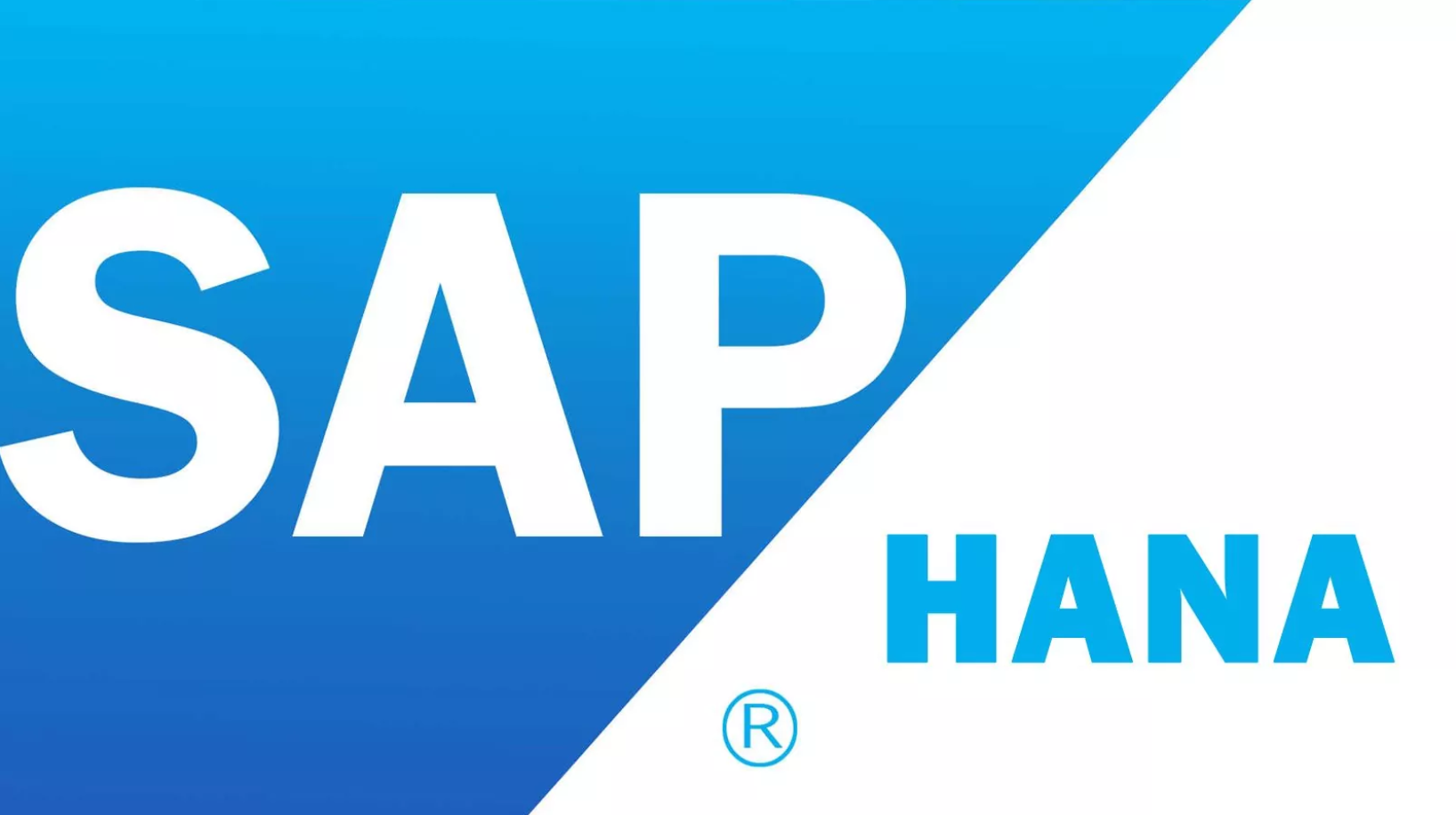Ending support for SAP SCC: Why switch to SAP HANA?
Today’s organizations are increasingly faced with the growing complexity of supply chain and customer requirements. SAP Supply Chain Control Tower (SAP SCC) has for years supported companies in monitoring and optimizing logistics processes. However, as support for SAP SCC comes to an end, companies are facing the need to implement more advanced solutions, such as SAP HANA. What are the technical and business justifications for this transition, and how to prepare for the migration?
End of support for SAP SCC: Impetus for change
The end of support for SAP Supply Chain Control Tower (SAP SCC) challenges many companies to modernize their supply chain management systems. In response to these needs, Expert Links offers the outsourcing of top SAP consultants who specialize in migrating to SAP HANA. With years of industry experience and advanced technical expertise, Expert Links’ consultants support companies in realizing the full potential of SAP HANA, enabling greater efficiency and innovation in supply chain management.
The termination of support for SAP SCC stems from the need to adapt IT systems to dynamic market changes. Traditional supply chain management systems must evolve to meet the growing volume of data, the need for real-time analytics, and integration with a variety of IoT systems and digital platforms. SAP SCC, while it was a robust tool, lacks the functionality needed to effectively manage the supply chain in an era of digital transformation.
Why SAP HANA? Detailed benefit analysis
SAP HANA is not just a database, but an advanced platform for in-memory computing and data analysis. As a result, it provides incomparably higher performance compared to traditional databases. Here are more detailed benefits of implementing SAP HANA:
Real-time data processing
SAP HANA enables in-memory data processing, which significantly speeds up analysis and reporting. This makes it possible to make decisions based on up-to-date data, which is crucial in supply chain management, where delays can generate significant costs. For example, companies can monitor inventory in real time and respond immediately to changes in demand.
Advanced analytical and predictive algorithms
SAP HANA integrates data analytics, machine learning and artificial intelligence tools for a deeper understanding of data. Companies can use advanced predictive algorithms to forecast demand, optimize supply routes or analyze risk. For example, machine learning algorithms can predict potential supply chain disruptions, such as weather-related delays.
Comprehensive data integration
SAP HANA allows you to integrate data from various sources – from ERP systems to IoT sensor data. This provides a complete picture of the supply chain, which is essential for its effective management. In addition, SAP HANA offers ETL (Extract, Transform, Load) functions that simplify the process of aggregating and consolidating data from different sources.
Cloud and hybrid solutions
SAP HANA can be deployed both locally (on-premise) and in the cloud, allowing companies to flexibly adapt their infrastructure to their needs. In the cloud model, companies can scale their resources according to their workloads, while minimizing the costs associated with maintaining IT infrastructure.
Safety and compliance
In the face of growing cyber security threats and regulatory requirements, SAP HANA offers advanced security features such as data encryption, access control and auditing. As a result, companies can rest assured that their data is protected to the highest standards.
How to perform a migration to SAP HANA?
Migrating to SAP HANA is a complex process that requires careful planning and execution. It is extremely important to assess the current IT environment. An audit of existing systems and processes is necessary before migration, and understanding the current IT architecture will identify potential challenges and determine which data and applications need to be migrated.
Next, the development of a migration strategy should take place. Depending on the complexity of the system and available resources, different approaches to migration can be chosen, such as “big bang” migration (everything at once) or incremental migration of individual modules. You should also consider moving to a cloud model to take advantage of the flexibility and scalability that the cloud offers.
Data and systems preparation, including data cleanup and consolidation, is required before migration. Implementing SAP HANA also requires adapting existing applications to the new platform, which may include refactoring code or upgrading user interfaces.
Testing: prior to full deployment, detailed tests should be conducted in a test environment to identify and resolve potential problems. Testing should cover both technical aspects (e.g., performance, security) and business aspects (e.g., compliance with business processes).
One of the most important aspects after such a major change is to train employees and change business processes. Employees should be properly trained in using SAP HANA to take full advantage of its capabilities. The organization should also be prepared for changes in the way it manages its supply chain.
The final point is post-deployment monitoring and optimization. SAP HANA offers tools to monitor performance and analyze logs, allowing you to react quickly to potential problems.
Migrating from SAP SCC to SAP HANA is a strategic move that allows companies to meet the challenges of modern supply chain management. SAP HANA offers advanced analytics, real-time data integration and scalability, enabling companies to manage logistics processes more effectively, minimize risk and increase competitiveness. Crucial to the success of the migration, however, is proper preparation, understanding business needs and choosing an experienced implementation partner.











